Hippies. Herbie. The love bug. A vase on the dashboard. Peace. Bug jams, runs to the sun: the Volkswagen Beetle.
The most cherished, most popular car on earth, with 21 million of these arch-backed vehicles made during a 65-year lifespan. A car so loved that even before production of the original Bug ended in 2003, it was already being celebrated via its cuddly 1998 replacement, VW’s ‘new Beetle’.
How is it that something born during one of darkest times in human history – not just envisioned, but commissioned and championed by the worst person to have ever lived – came to represent love, optimism and hope more than, perhaps, any other commercial product?

I doubt it’s possible to overstate the grimness of the Beetle’s first few years. Adolf Hitler wanted to create a car for the masses and the Ferdinand Porsche-designed KdF-Wagen, the ‘strength through joy’ wagon, was it. It got its public debut in February 1939 at the Berlin motor show.
Directly afterwards, cars were test driven by the media between Berlin and Wolfsburg, which today is Volkswagen’s home town. Sometimes motoring hacks grumble to each other about who they’ve ended up sharing a car with on a launch, but every journalist on the KdF-Wagen drive got an SS officer.
Among the journalists was EJ Pratt of The Autocar. He liked the car’s affordable price, but found the rear- mounted engine didn’t heat the cabin effectively in the winter weather. Like arguably too many in the late 1930s, he mostly overlooked the politics of the time, though noted the powerful brakes were “helped by the German method of driving, which is never to stop till you are forced to”.
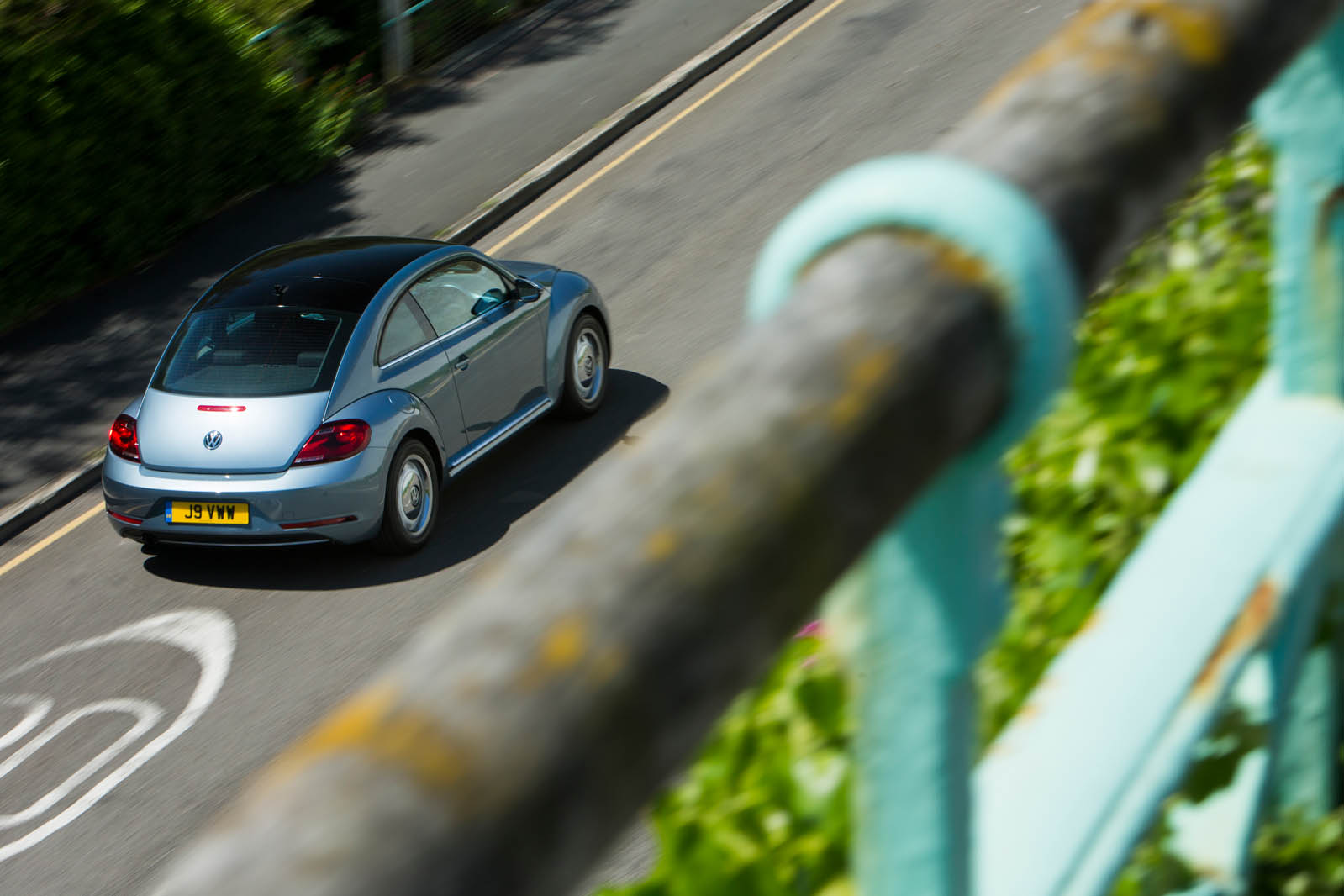

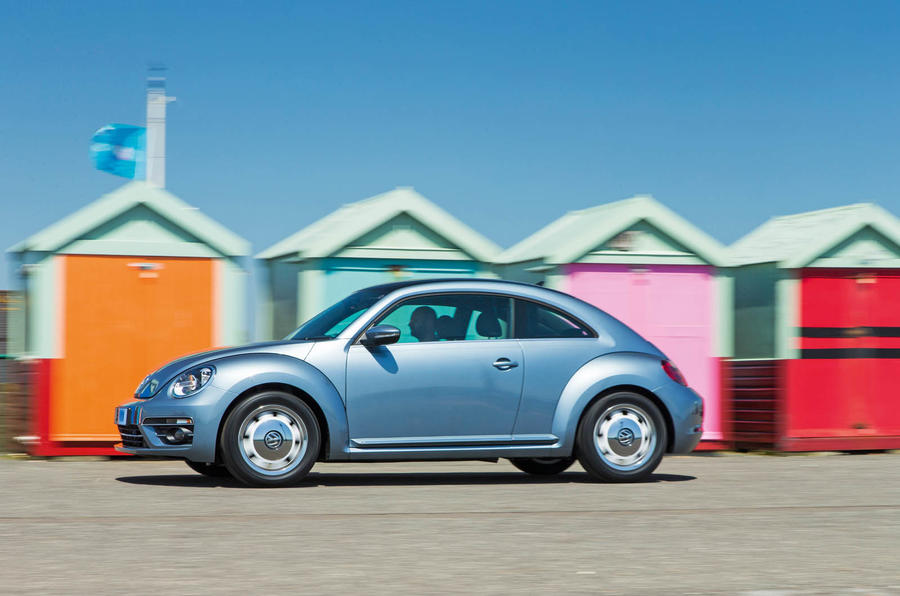












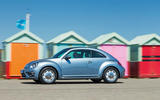














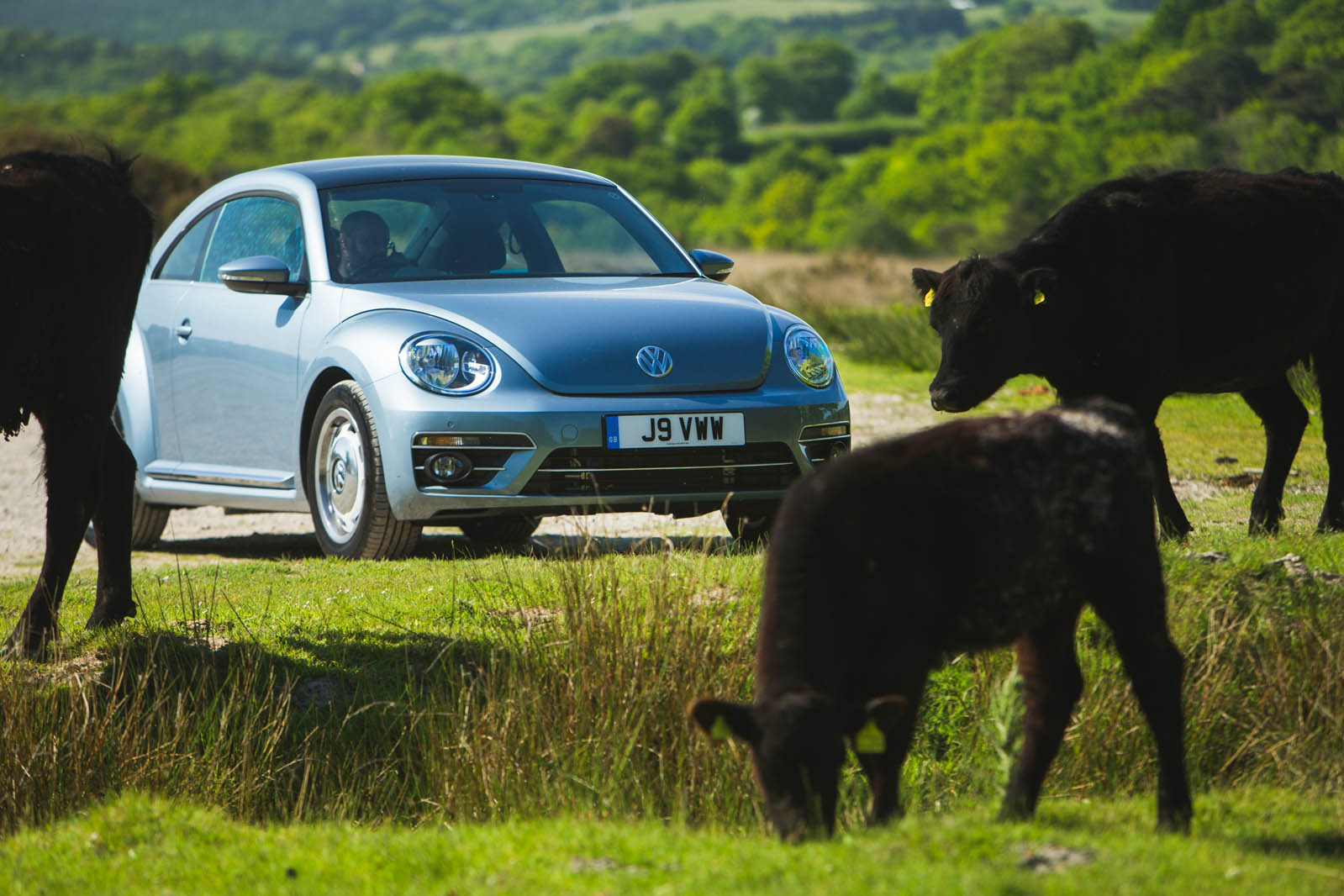
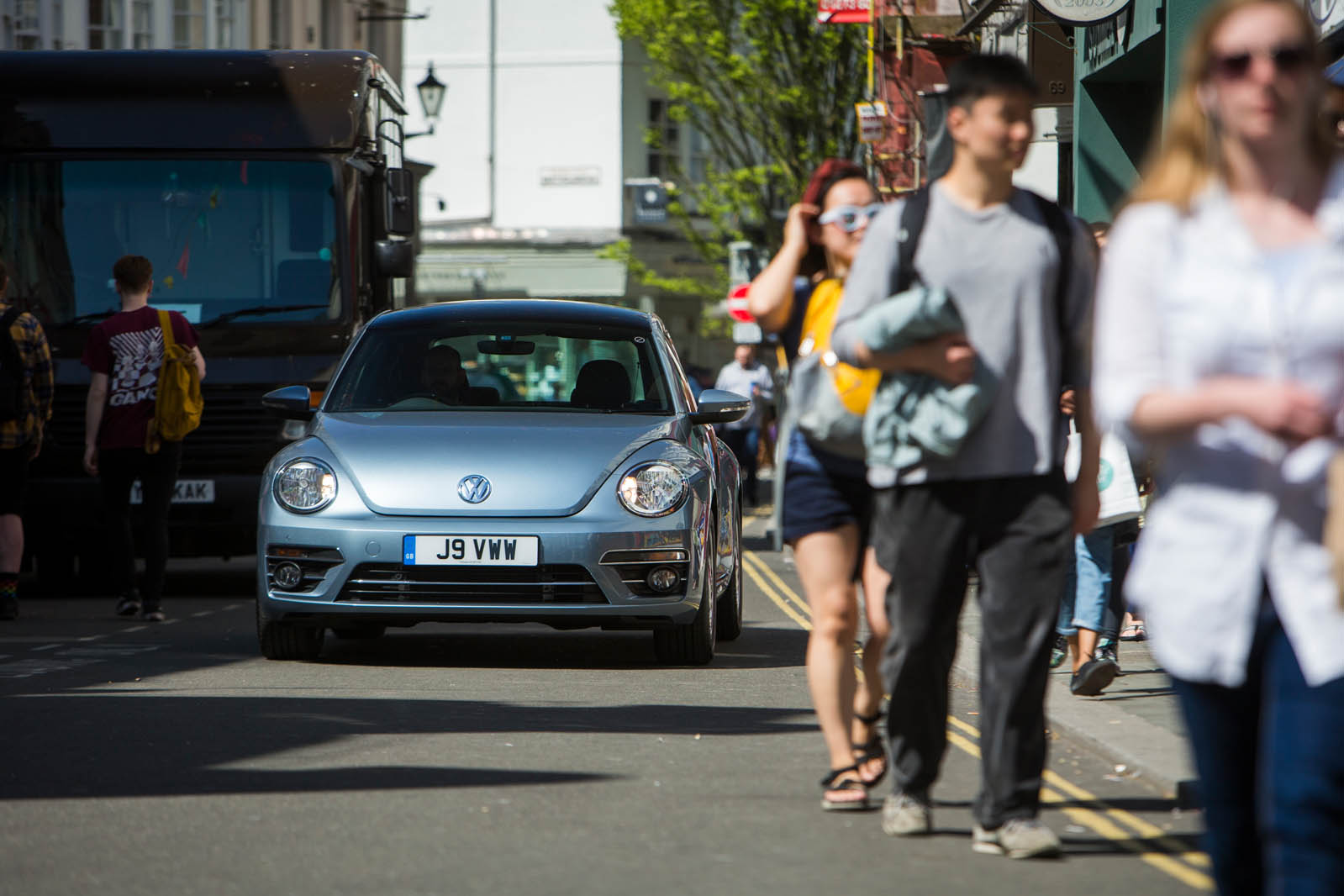
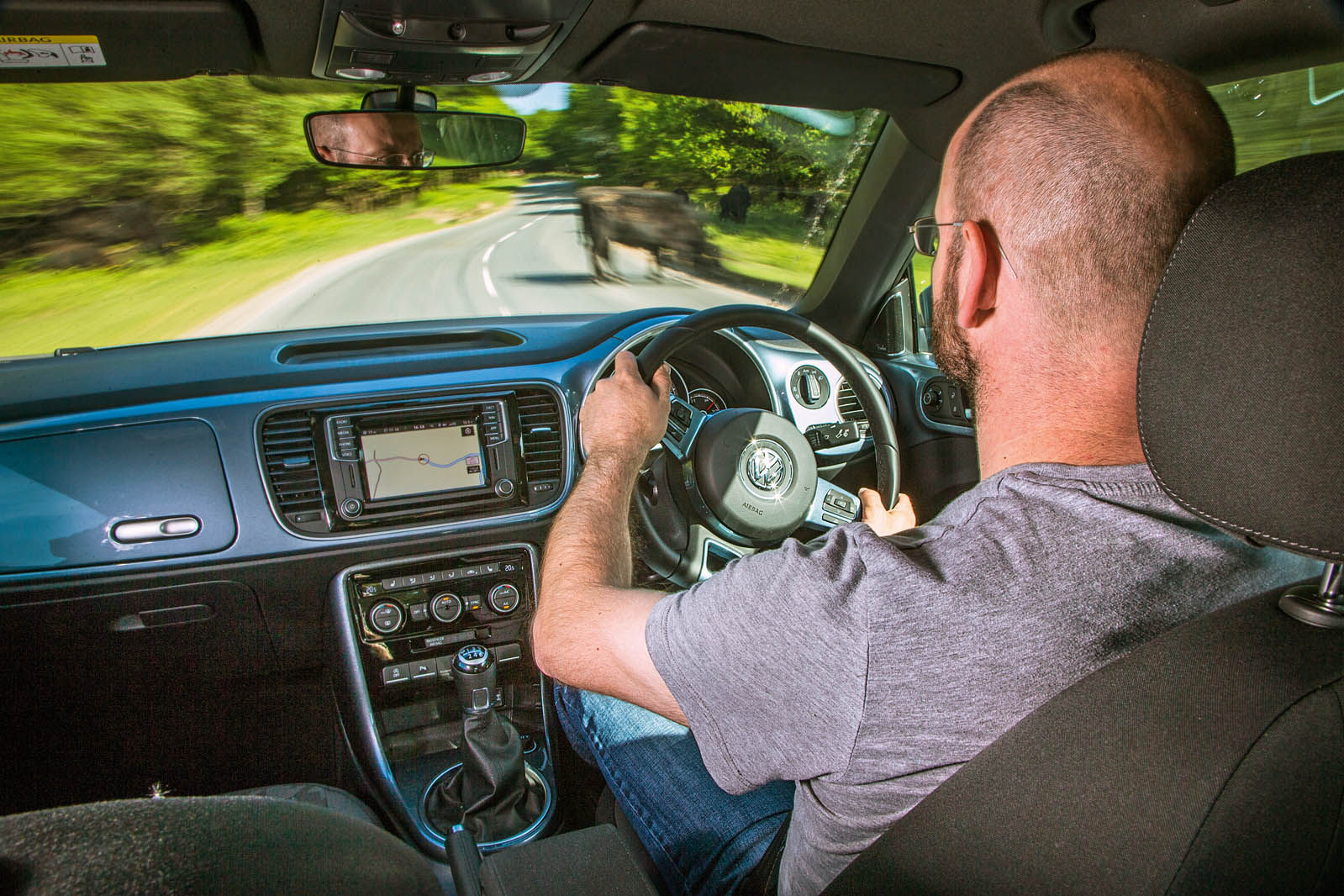





Join the debate
Add your comment
faux beetle
The beetle has not ever gone away. It's been re-badged as a "porsche". The original and 1st "beetle" was made at Ferdinand Porsche's factory. Aptly named after Der Fuhrer's favourite insect
Deprived background
The modern Beetle should never have been placed as an alternative to a Golf, a fight in which it couldn't possibly compete, lacking the practicality to be a family car. It should have been marketed as Volkswagen's equivalent to the Audi TT, which was launched just a few months later, and given a similar range of engine options to the Audi, to protect its status as a sporty choice. The TT would not have gained such a foothold and been so successful for so many years had it begun life lumbered with a 90bhp diesel and 116bhp and 150bhp petrols.
Better engine options were offered alongside the low-powered ones in the Beetle over time, but the damage couldn't be repaired as firstly, its image had been formed in the public consciousness by then, and secondly, the 222bhp RSI was limited to two hundred and fifty examples, rather than being a part of the normal line-up. The very minimum that should have ever been available in the Beetle was the Golf GT TDI's 130 bhp diesel, but preferably petrols only and nothing below the 150bhp petrol turbo from the Golf GTI which was its most powerful launch option.
Perhaps they'll give it a break for five years or so, then bring it back on an equal footing to the TT and GTI with engines starting from 200bhp and going up.
If VW want to bring any car back
It should be another longitudinal engined Passat with this time half a Chiron engine, who's with me?